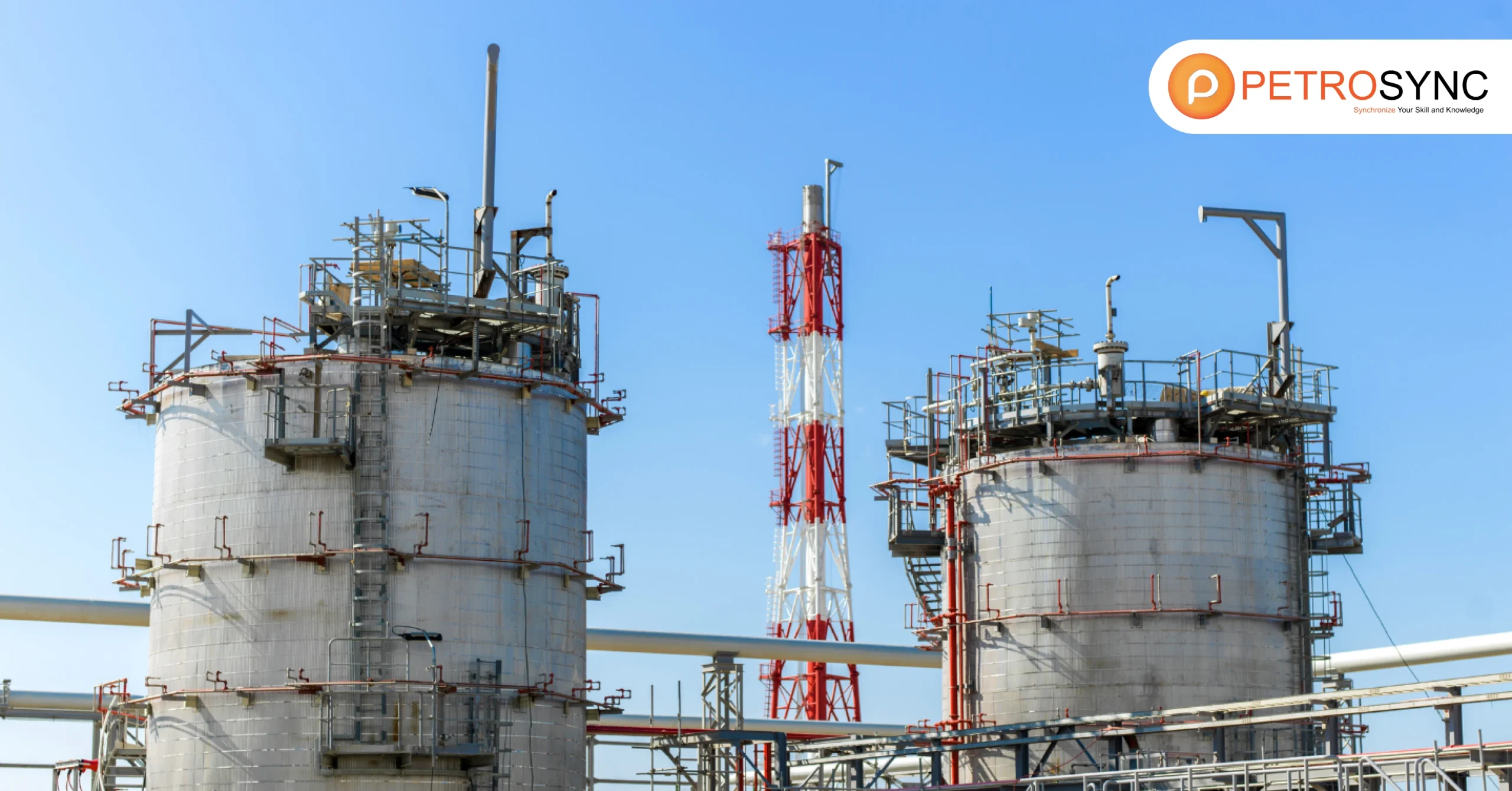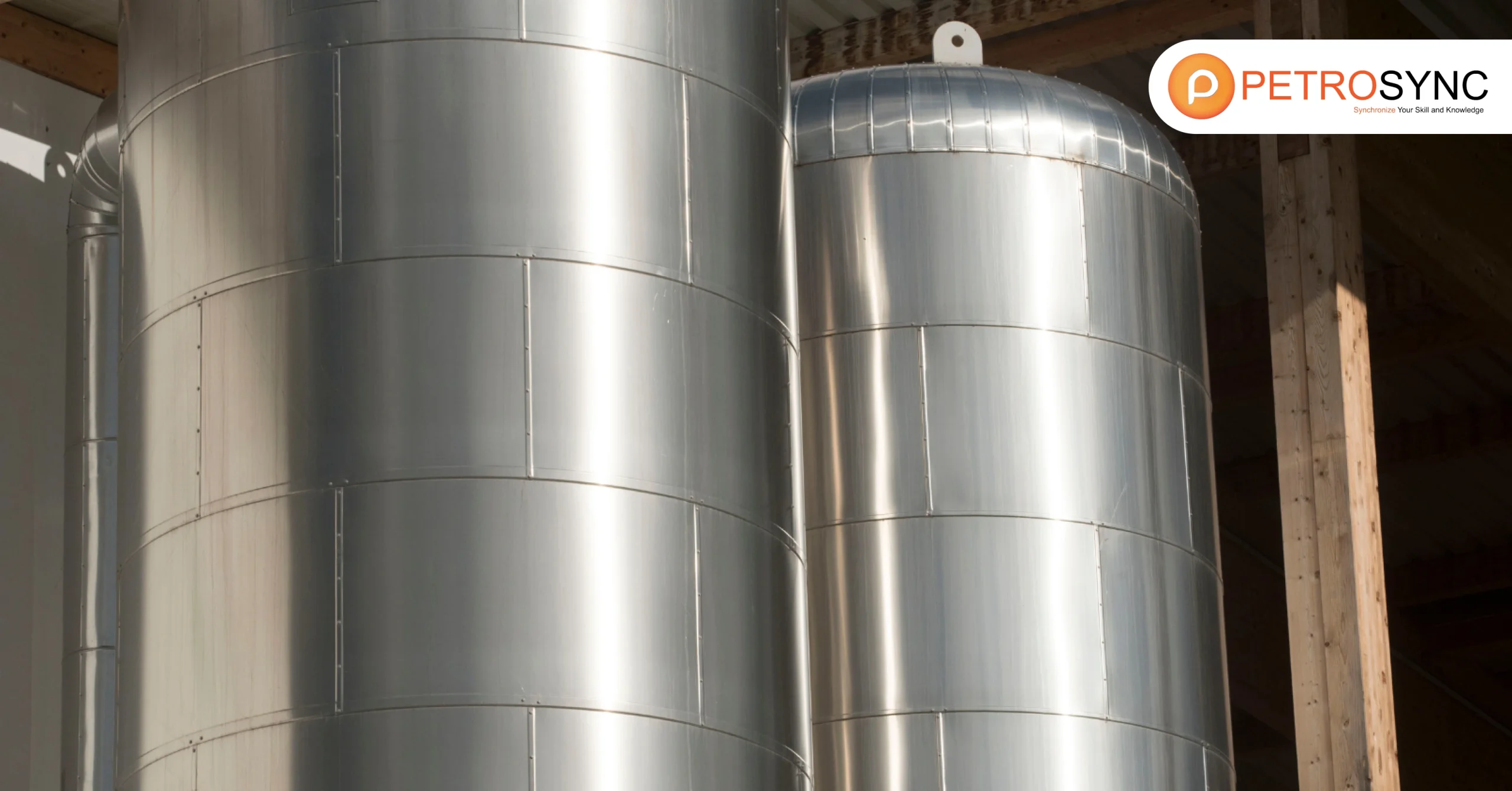Criticality analysis is a methodical approach used in asset management to evaluate and prioritize elements within a system. This article will take you through the significance of criticality analysis, explaining how it helps identify potential risks linked to asset failures and enables businesses to allocate resources strategically.
What Is Criticality Analysis?
Criticality analysis, a structured and systematic method of assessing the risk asset failures pose to a business, is a systematic evaluation process used to identify and prioritize the importance of different elements within a system or process.
In simpler terms, it helps determine which components are most critical for the smooth and reliable functioning of a system. This analysis considers factors such as the impact of a component’s failure on overall operations, safety, and the ability to achieve organizational goals.
By assessing the criticality of various elements, businesses can prioritize their resources and efforts to focus on maintaining and safeguarding the most crucial components, minimizing the risk of disruptions and ensuring the overall resilience of the system or process.
What Is The Purpose of A Criticality Analysis?
The purpose of a criticality analysis, which involves systematically evaluating and identifying the importance of different elements within a system or process, is to assess the risk that asset failures may pose to a business. This structured and methodical approach aims to evaluate potential risks and highlight any business impacts associated with such risks.
1. Systematic Evaluation
Criticality analysis serves the purpose of systematically evaluating different elements within a system or process. This structured approach helps businesses thoroughly examine each component to understand its significance in the overall functioning of the system.
2. Risk Assessment
The primary goal of criticality analysis is to assess the potential risks associated with asset failures. By carefully evaluating each element, businesses can identify and understand the risks that may impact their operations. This process enables organizations to make informed decisions regarding risk mitigation strategies.
3. Business Impact Evaluation
Criticality analysis aims to highlight the business impacts associated with identified risks. By understanding how a failure in a specific component may affect overall operations, organizations can prioritize their efforts and resources to minimize potential disruptions and maintain operational effectiveness.
4. Prioritization of Resources
One key purpose of criticality analysis is to help organizations prioritize their resources effectively. By determining the critical components crucial for the smooth functioning of a system, businesses can allocate resources and efforts strategically, focusing on maintaining and safeguarding these key elements.
5. Resilience Enhancement
Another significant purpose is to enhance the overall resilience of a system. By identifying critical components and addressing potential risks, organizations can strengthen their systems, making them more resistant to disruptions and better equipped to handle unexpected challenges.
6. Operational Effectiveness and Safety
Criticality analysis contributes to the overarching goals of ensuring continued operational effectiveness and safety. Through informed decision-making about asset management and risk mitigation, businesses can create a foundation for reliable operations and maintain a safe working environment.
In essence, criticality analysis plays a multifaceted role in helping businesses understand their systems, assess risks, prioritize resources, enhance resilience, and ultimately ensure the sustained success of their operations.
How Do I Calculate Criticality?
Calculating criticality involves considering several factors to determine the importance of each element within a system. This includes multiplying the probability of failure ranking by the consequence of failure ranking for that asset. Here’s a simplified approach:
1. Impact Assessment
Start by assessing the impact of a component’s failure on your overall operations. Consider how crucial each element is to the smooth functioning of the system. Elements with higher impacts are generally more critical.
2. Likelihood Evaluation
Evaluate the likelihood of each component failing. Assess historical data, potential failure points, and any existing preventive measures. Multiply the probability of failure ranking by the consequence of failure ranking for that asset.
3. Criticality Index Calculation
Calculate a criticality index by multiplying the impact and likelihood scores. This index provides a numerical value that represents the overall criticality of each element. Higher scores indicate greater criticality.
4. Prioritization
Once you have the criticality index for each element, prioritize them based on their scores. Elements with higher criticality indexes should receive more attention in terms of maintenance, monitoring, and resource allocation.
By systematically considering the impact, likelihood, and criticality index, along with multiplying the probability of failure by the consequence of failure ranking, you can effectively calculate the criticality of elements within a system. This method assists in prioritizing efforts to address the most critical components, contributing to the reliability and resilience of your operations.
In summary, criticality analysis is a crucial tool in managing assets and ensuring reliability. By carefully evaluating and prioritizing elements within a system, businesses can identify and address potential risks linked to asset failures.
The process of calculating criticality, which considers factors like impact and likelihood, helps organizations strategically allocate resources, prioritize maintenance efforts, and enhance overall system resilience.
Pinpointing and focusing on critical components ensures that preventive measures and maintenance activities are directed toward elements with the greatest impact on operational effectiveness and safety. Therefore, embracing criticality analysis becomes essential for organizations aiming to optimize operations, reduce risks, and establish a solid foundation for long-term success in asset management and reliability.
As PetroSync understands the importance of criticality analysis in asset management, it’s beneficial to deepen your understanding of this process. To enhance your proficiency in managing assets and ensuring reliability, consider enrolling in training programs that include criticality analysis in their curriculum like PetroSync.
The Maintenance Planning and Scheduling course is one such valuable training that not only covers criticality analysis but also provides comprehensive insights into optimizing maintenance processes. Participating in this training will equip you with essential skills in planning and scheduling maintenance activities, contributing to the overall reliability and success of your organization.
Credit: Freepik

SEO specialist by day, fact-checker by night. An avid reader and content writer dedicated to delivering accurate and engaging articles through research and credible sources.






